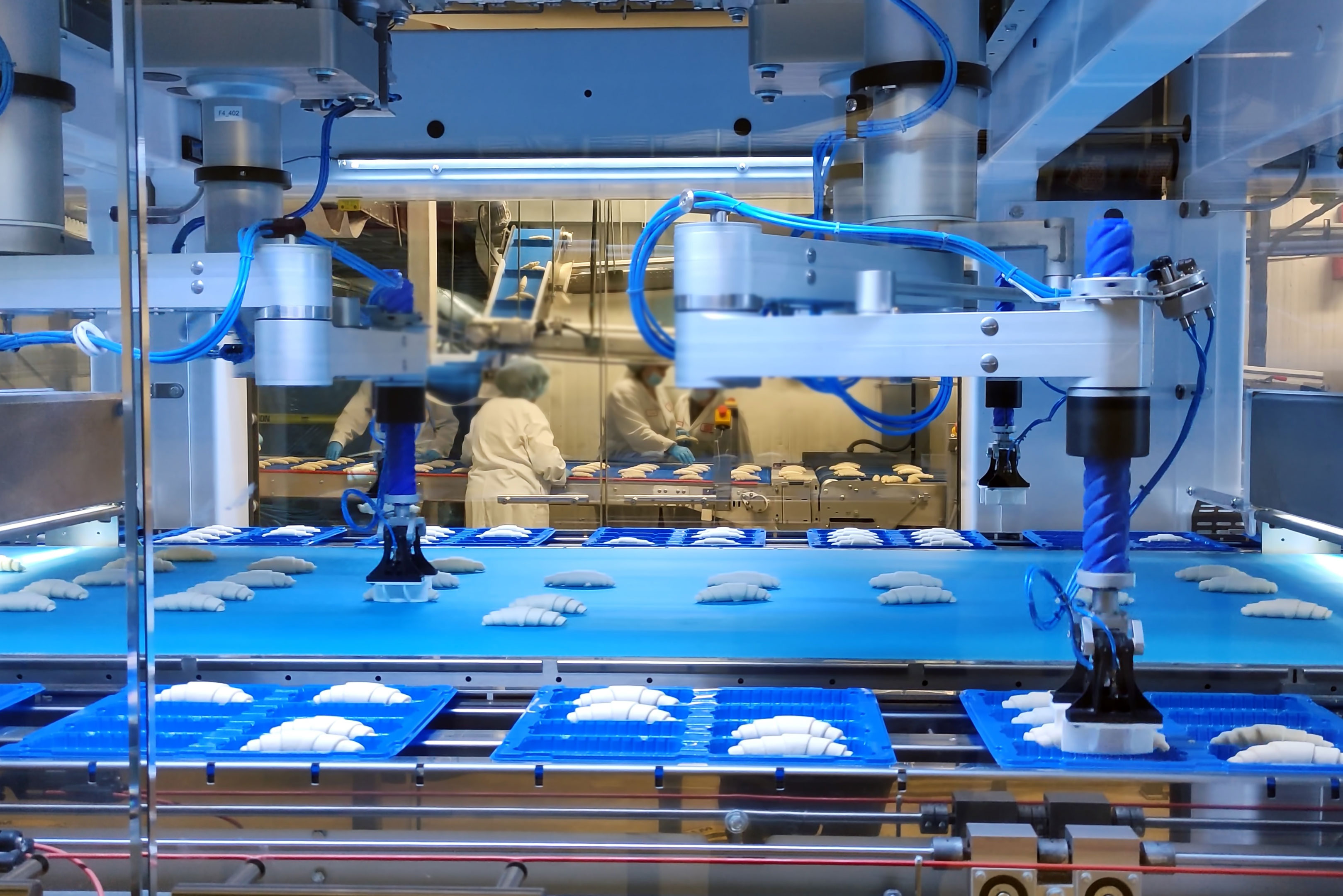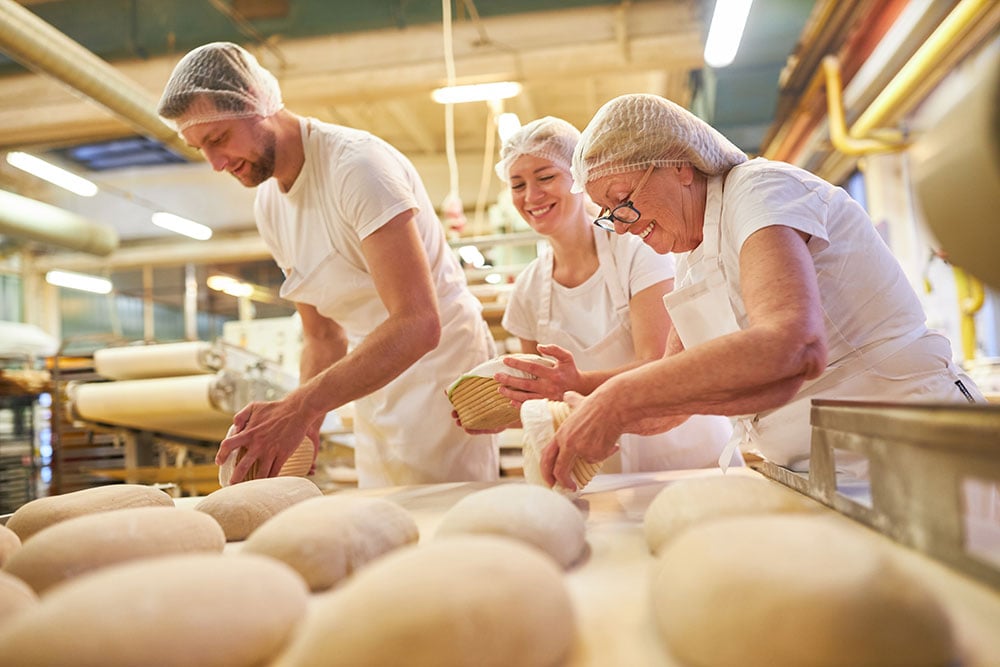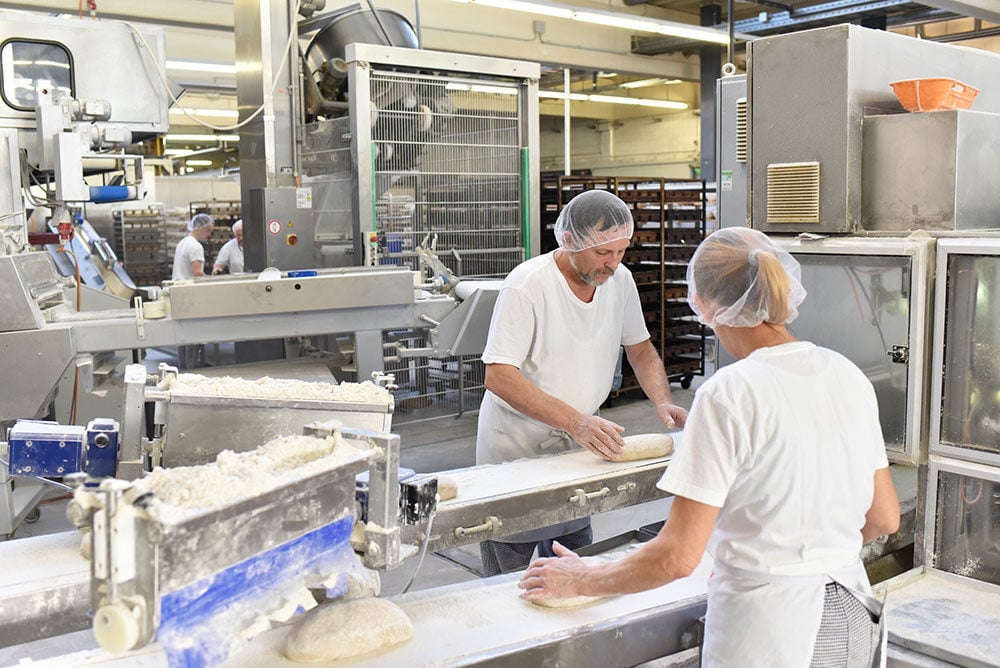Bakeries are responsible for creating fresh baked goods—the ones that we all love—but these baked goods can sometimes result in a lot of waste and wastewater.
If the wastewater is not treated correctly, there is an increased risk of bacteria and contamination spreading.
Therefore, there is a need for proper bakery wastewater treatment.
WHAT IS BAKERY WASTEWATER TREATMENT?
Bakeries produce large amounts of wastewater during their daily workings. Although this wastewater is nontoxic, it does pose a serious environmental risk without proper treatment.
Therefore, bakery wastewater treatment is the process of reducing or eliminating the amount of contaminants to an acceptable level before it is released back into the main sewage.
WHY IS BAKERY TREATMENT IMPORTANT?
As mentioned before, while bakery wastewater is nontoxic, it is too concentrated to be released into the main sewage system and even for municipal treatment plants.
It is high in organic compounds that are harmful to the ecosystem if they aren't sufficiently broken down and treated.
More than half of the water used in bakeries becomes sewage that is oxygen deficient and, as mentioned before, high in organic compounds, primarily due to conditions that prevent the breakdown process. These conditions include:
- This wastewater lacks nutrients that feed the bacteria that help break down organic matter.
- The grease and oil present deprive the bacteria of essential oxygen
- Excess concentrations of cleaning agents can prevent bacteria from growing to sufficient numbers for breaking down the organic compounds.
CHARACTERISTICS OF BAKERY WASTEWATER

Bakery wastewater is generated in many ways. Much of it comes from cleaning the facility floors and equipment. It contains more than just cleaning agents; there is also flour, sugar, fats, oils, dairy products, and more. This waste makes the water highly acidic, contributing to the dangers of discharging it into the sewage system without proper treatment.
TREATING BAKERY WASTEWATER
Due to the makeup of bakery wastewater, a multi-step wastewater treatment plan is required.
The first is for the water to go through a pretreatment process. This step starts with removing large solid waste, including gloves, hairnets, or anything else that may have found its way into the wastewater. Following the removal of solids, a chemical treatment is needed to help break down the bonds between surfactants and any FOG present.
The suspended solids and FOG charges are neutralized, causing them to become unstable and pour out of the solution. Polymers are then added, which bind the solids and FOG together, forming a sludge with a high surface area. Once the sludge has formed, it can be floated out of the water with the help of a clarifier or through a Dissolved-Air-Floatation (DAF) system.
While this pretreatment process will remove a lot of contaminants, the wastewater will still not meet the criteria for release into the sewage system or treatment plants. Further treatment will be necessary to reduce Biological Oxygen Demand (BOD) levels, which can include sugar, proteins, and even cleaning solutions. Treating BOD levels requires a biological treatment system.
These systems can be complicated because some disinfectants can prevent microbial growth in biological treatment systems, even in small amounts, especially quaternary ammonium compounds. These disinfectants can render the system ineffective.
Alternative disinfecting chemicals, like Peracetic Acid and Hydrogen peroxide, offer effective cleaning solutions without preventing wastewater treatment.
DRAINAGE FOR BAKERY WASTEWATER TREATMENT
For any wastewater treatment system to work, it must first be connected to a drainage system within the facility, which will direct the wastewater to the treatment system. Due to the nature of bakery wastewater, you don't want just any floor drain system; you want one designed for food facilities capable of handling the highly acidic nature of the wastewater. For that, you want to turn to FoodSafe Drains, a company dedicated to creating drainage for the food industry.
Their unique Slot Drain system is a slim, linear floor drain that eliminates any need for a drain cover. All their products are NSF/ANSI/3-A certified, using highly sanitary and durable T304 and T316 stainless steel. Two notable systems are the 10,000 Series and 6,000 PLUS-R Series Slot Drain systems, which both feature a Load Class E, capable of supporting forklifts and flow rates up to 27 GPM per foot of drain.
To further increase the efficiency of these systems, they can be connected with the FoodSafe Catch Basin, which is designed for the easy retrieval of solids that pass through the Slot Drain. These solids will get caught in the Catch basin's strainer basket, preventing them from clogging the system. It features the same hygienic design as the slot Drain system and a magnetic, tamper-proof strainer basket, only accessible to authorized employees.
Caring for these systems is easy, with clean-in-place capabilities allowing for daily automated cleaning and sanitizing, helping to ensure no bacteria or contamination remains after wastewater is transferred to the treatment system and the sewage system.
SAFELY HANDLING BAKERY WASTEWATER

Drainage systems like Slot Drain’s products are essential in managing and treating the large amounts of wastewater bakeries produce, removing the water from the bakery floors, and transporting it to the appropriate outlets. Handling this wastewater appropriately is vital for protecting the facility from contamination and the environment from potential harm.
As this wastewater cannot go directly to municipal treatment plants, bakeries must implant their own biological wastewater treatment systems to ensure the wastewater they produce is treated thoroughly before it enters the sewage system.
Contact FoodSafe Drains today to learn more about their Slot Drain systems and how they help with effective bakery wastewater treatment.


